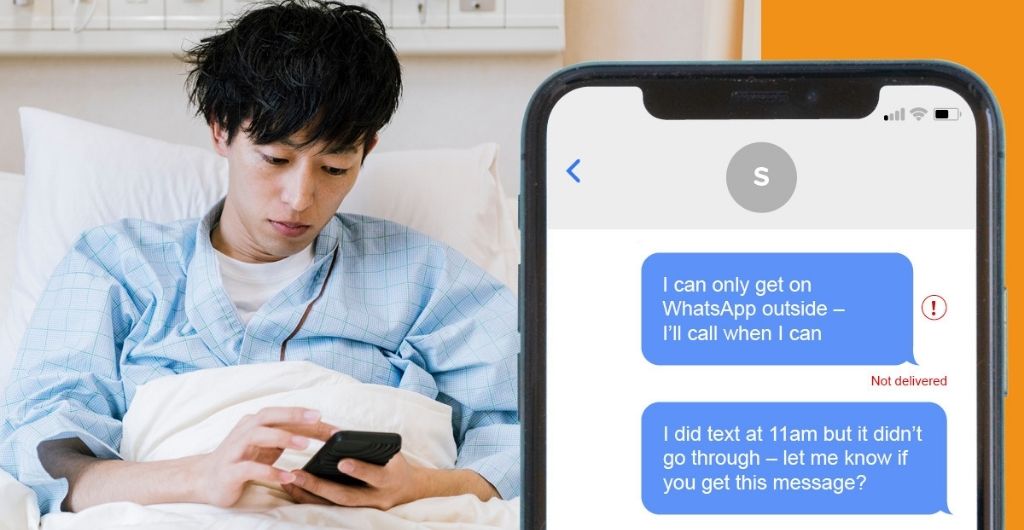
Hospitals are notorious for bad mobile signal, and with 5,000+ patients being admitted across just eight days in London alone, there is a substantial need for mobile boosting solutions.
At last count, there were 32,294 COVID-19 patients in UK hospitals, but they are only the tip of iceberg for the NHS. When you consider the number of inpatients and outpatients visiting hospitals every day for non-COVID related reasons, the strain is difficult to comprehend.
While the NHS reacted to the pandemic at a rate almost considered impossible – with new Nightingale hospitals built within days; a fivefold increase in critical care capacity and 6,000 phone appointments taking place in April alone – one serious problem has since arisen.
Patients visiting hospitals alone
On the surface, this may seem an insignificant issue when compared to that of the last 10 months. But for people visiting hospitals, having treatment or being admitted overnight, it’s unimaginably difficult and isolating. Particularly when mobile signal is notoriously bad in hospital buildings…
Improve mobile signal strength for patients
Typically made from materials that impact or block mobile signal, many UK hospitals are guilty of unreliable mobile signal, and their immense size only exasperates the issue. Regardless of the reason for a visit, mobile device use is critical in hospitals in order for patients to:
· Reach out to family and friends to share vital information
· Keep their minds occupied during treatment
· Share updates on social media or via messaging services
· Tackle isolation and anxiety
· Use online resources
And we’re not just talking about COVID-19 patients either. Maternity wards, dialysis centres and chemotherapy units are also full of patients unable to keep in touch with the outside world, with one IT staff member in an NHS Renal Department recently telling us, ‘Dialysis patients can be sat having their treatment for several hours with bad service.’
To put this into perspective, that’s vulnerable people spending at least four solid hours, three times a week, in one place, without any form of external communications.
Certainly food for thought
While we’re fully aware of the problem, most healthcare establishments are unaware of a solution. If you’re thinking ‘Why not just use WiFi?’, in-building Wi-Fi networks are often overcrowded and unreliable – causing message delays or preventing access for apps such as WhatsApp.











